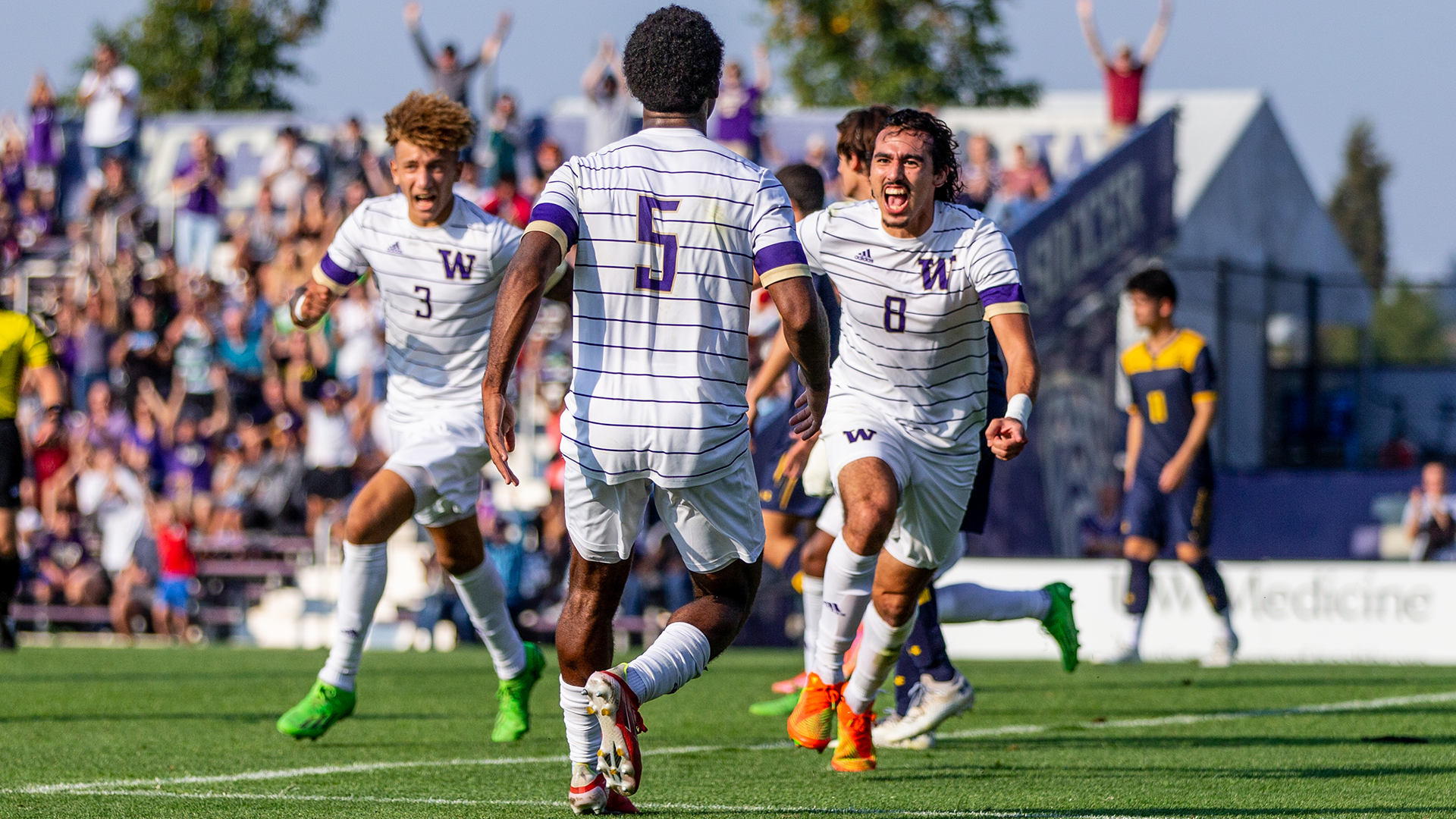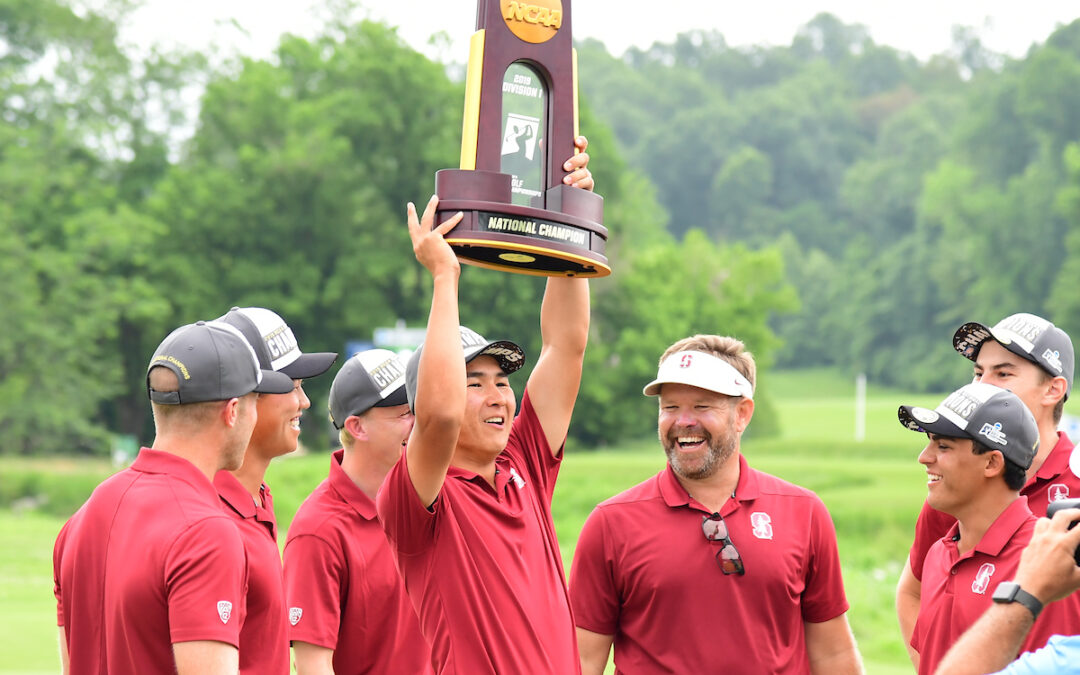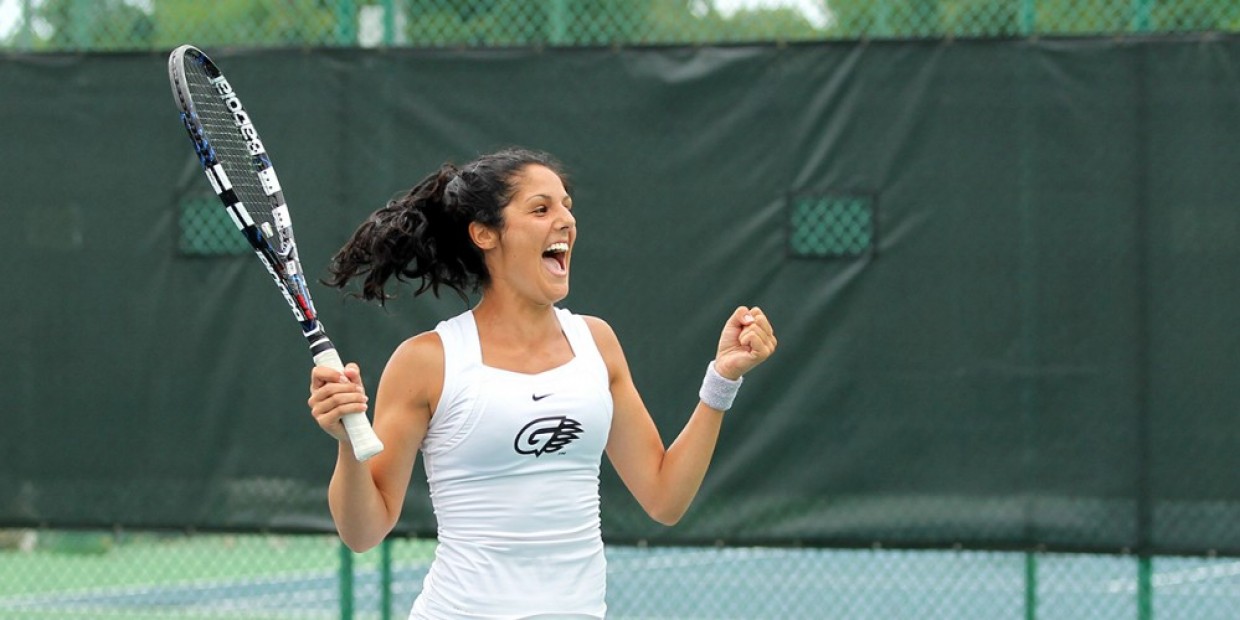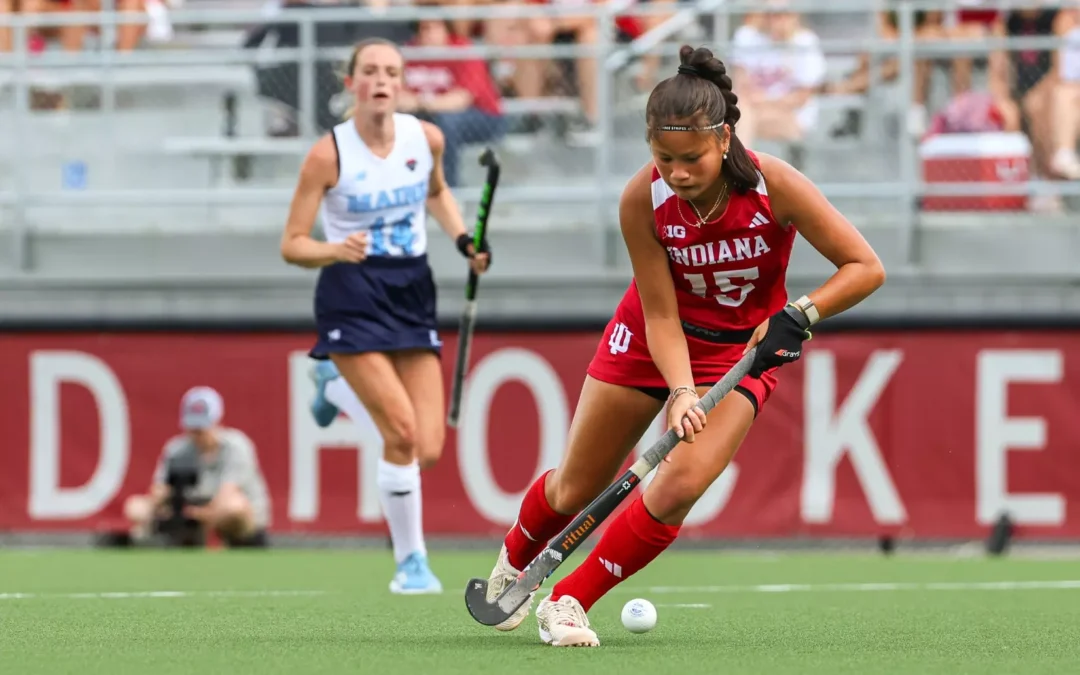The dream of playing soccer while earning a university degree in the United States is more popular than ever. For talented players worldwide, the US college system offers a unique pathway to combine high-level athletic competition with a world-class education. But with thousands of programs across the country, a crucial question arises: what is the right level for you?
This arrticle breaks down the different athletic associations and divisions to help you understand where you might fit and what it takes to earn a coveted soccer scholarship in the NCAA, NAIA or NJCAA.
The different college soccer levels in the USA
American college soccer is primarily organized into three major athletic associations, each with its own structure, level of play, and scholarship rules. Understanding these is the first step to finding your perfect match:
NCAA Division I: The absolute top level
This is the absolute pinnacle of college soccer. D1 programs are highly competitive, attracting top international talent and future professionals. The commitment is intense, resembling a professional environment with daily training, extensive travel, and high-pressure matches. Full-ride athletic scholarships are available but are extremely competitive.
NCAA Division II: Competitive but more balanced
Offering a fantastic balance between high-level athletics and academics, Division II is a popular choice for many international student-athletes. The level of play is still very high, but the schedule is often less demanding than D1, allowing for a more traditional college experience. Athletic scholarships are widely available.
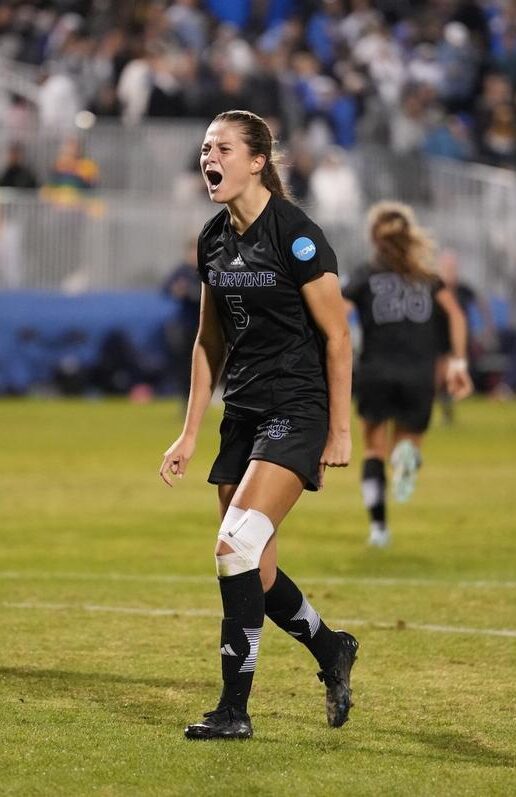
NCAA Division III: Academic focus comes first
Division III is structured differently: no athletic scholarships are awarded here. However, you can count on academic scholarships or financial support through other channels. The level of athletics can be surprisingly high, but the focus is more on academics. The level varies widely in this division, and there’s a place for everyone, from sub-top youth to the lower classes in Europe.

NAIA: A strong alternative
The National Association of Intercollegiate Athletics (NAIA) is another excellent option for aspiring student-athletes. While the schools are generally smaller than NCAA D1 universities, the level of competition is very high—top NAIA teams can easily compete with NCAA D2 and even some D1 programs. The NAIA offers significant athletic scholarships and is known for its strong sense of community on campus.
NJCAA: The perfect pathway
The National Junior College Athletic Association (NJCAA) governs sports at two-year colleges, often called “Junior Colleges” or “Community Colleges.” This is an incredible pathway for players who need to improve their grades, adapt to the American education system, or further develop their athletic skills. After completing their two-year degree, players can transfer to a four-year NCAA or NAIA university to complete their bachelor’s degree and continue playing. The NJCAA offers many scholarships and is a fantastic stepping stone to a top program.
What do coaches look at?
Initially, you’ll attract the attention of coaches in the US primarily based on video footage. Without a good, professional video, your chances of receiving a scholarship are slim. But that’s not all; coaches consider the overall package to determine if you’re a good fit for their team. Besides your soccer skill level (competitive class and video footage), coaches also consider:
- Experience: Experience in district or national youth selections is a huge plus and opens doors to the very best programs.
- Physical qualities: College soccer is extremely fast and physical. Coaches actively scout for speed, strength, and endurance.
- Academic profile: In addition to your soccer skills, coaches also consider your academic performance. This includes your high school grade point average (GPA) and your TOEFL and SAT/ACT test scores.
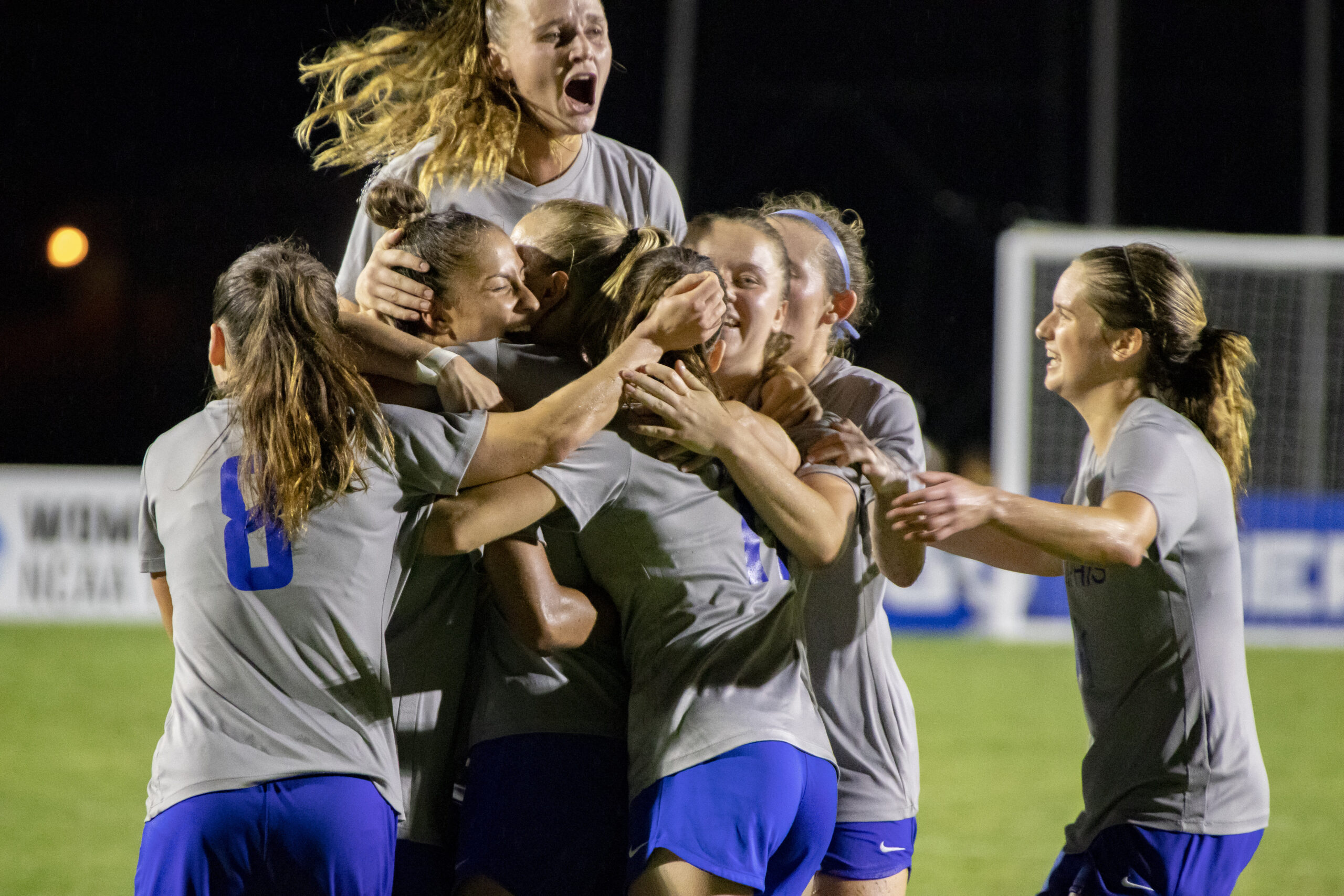
Your American dream begins here
Whether you’re chasing the absolute top in Division I, seeking balance in Division II/NAIA, focusing on your academic career in Division III, or want to display your talents in the NJCAA, there’s a place for you.
Determining your level is the key to success. With the right guidance, solid preparation, and a compelling presentation (video, figures), you can find the perfect match.
Tip: Start on time! Coaches often fill their teams 1-2 years in advance. The sooner you start preparing, the better your chances of having the ideal soccer experience.
Ready to take the first step?
Every athlete is unique. Besides your soccer level, we also consider your academic profile and personal goals. We’re happy to help you discover which university and team in the US are the perfect fit for you. Curious?

